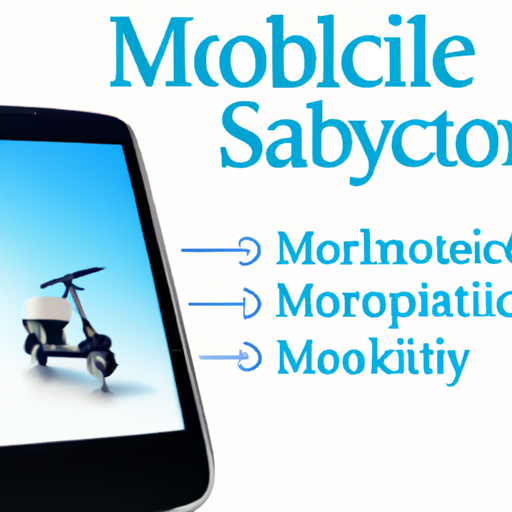In recent years, micro-mobility solutions have taken the urban transportation landscape by storm, providing an innovative and sustainable alternative to traditional vehicles. As cities around the world increasingly grapple with traffic congestion and pollution, the demand for effective micro-mobility options, such as electric scooters and e-bikes, continues to soar.
What is Micro-Mobility?
Micro-mobility refers to small, lightweight vehicles operating at speeds typically below 25 km/h, designed for short-distance travel. This category includes electric scooters, bicycles, e-bikes, and other similar vehicles. With their convenience and accessibility, micro-mobility solutions are gaining traction in urban environments.
The Benefits of Micro-Mobility
- Sustainability: Micro-mobility solutions significantly reduce carbon emissions when compared to cars, contributing to cleaner air in cities.
- Cost-Effectiveness: Riding electric scooters or e-bikes usually costs a fraction of what it would take to maintain a vehicle, making it an economically viable option for many.
- Reduced Traffic Congestion: By providing an alternative to cars, micro-mobility helps to alleviate traffic bottlenecks, leading to improved travel times.
- Health Benefits: Cycling and even riding scooters can provide physical exercise, promoting healthier lifestyles.
Challenges Facing Micro-Mobility
Despite its benefits, the rise of micro-mobility has not been without challenges. Issues such as regulation, scooter clutter on city streets, and safety concerns remain hot topics among policymakers and urban planners. Cities must strike a balance between encouraging these solutions and ensuring public safety and order.
The Future Outlook
The future of micro-mobility looks promising as technology continues to advance, with companies constantly improving vehicle designs and operational systems. Innovations in battery technologies, GPS systems, and integration with public transport are likely to propel the micro-mobility revolution even further.
As urban areas shift towards sustainability, we can expect micro-mobility solutions to play an essential role in transforming our transportation systems, leading to smarter, greener cities. With supportive policies and public acceptance, the chance for these solutions to flourish is higher than ever.
Stay tuned as we explore further developments in micro-mobility and its impact on urban life.




